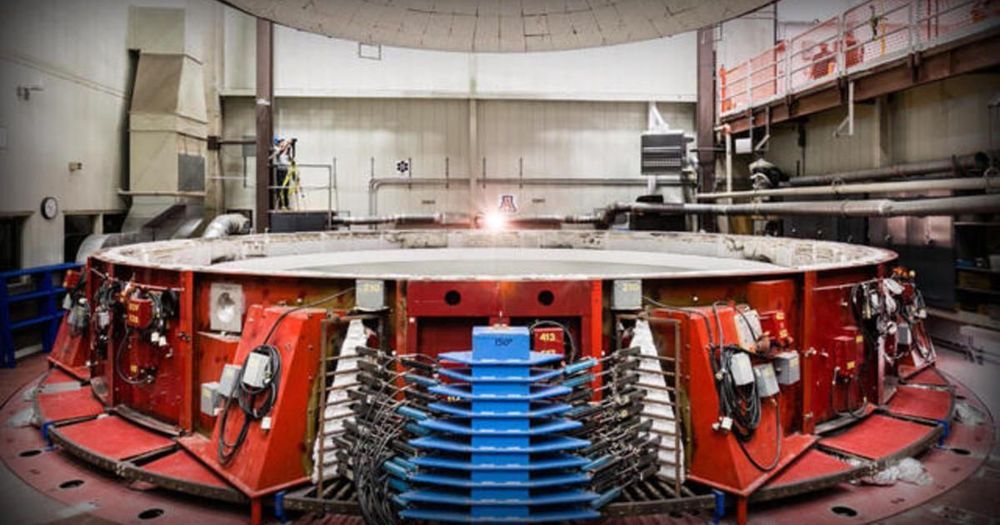In a recent study, a group of researchers from Hebrew University-Hadassah Medical School, Feinberg School of Medicine, and Tel Aviv University examined astrocytes in mice and found that these cells exhibited a senescent phenotype that led to neurodegeneration and neurotoxicity [1].
Age-dependent increase in senescent astrocytes adjacent to Aβ plaques
Cellular senescence, discovered in 1961 by Leonard Hayflick and Paul Moorhead, is a state in which cells no longer perform their functions, instead emitting harmful chemicals that turn other cells senescent… These cells are caused primarily by telomere shortening and DNA damage, they are known to contribute to many diseases, and this is not the first study that links them to neurodegeneration.







